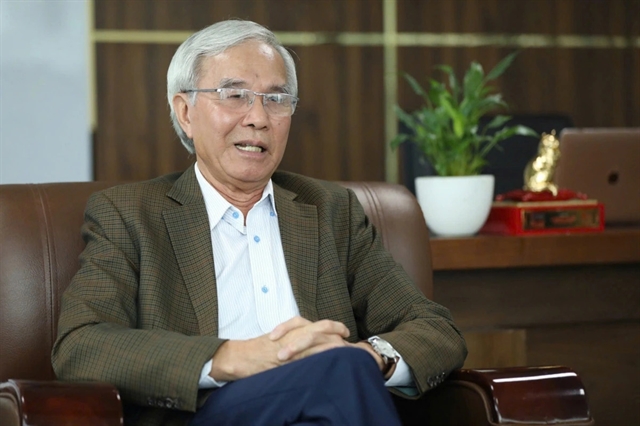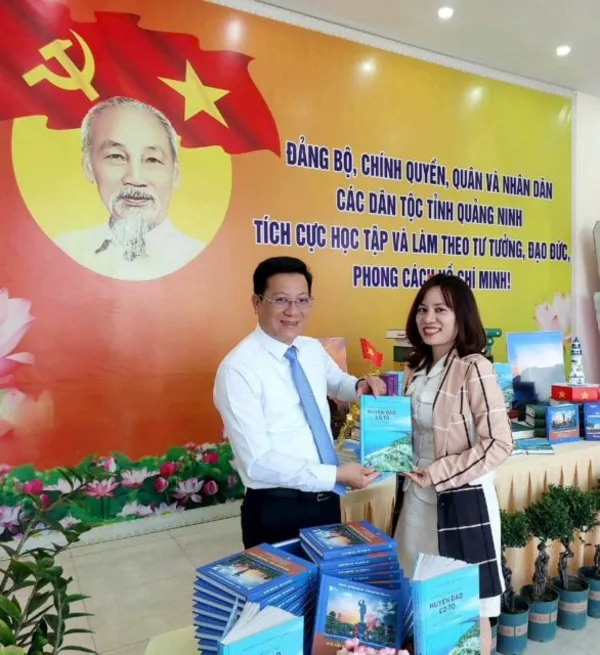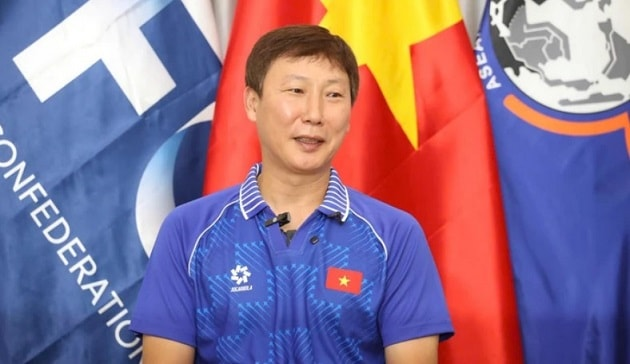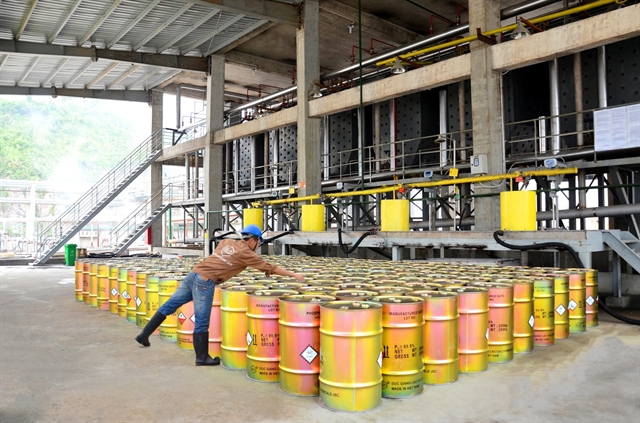 Opinion
Opinion

 |
| Nguyễn Văn Chí, former Deputy Head of the Coordination Office of the New-Style Rural Development Programme in Hà Nội. — VNA/VNS Photo |
Nguyễn Văn Chí, former Deputy Head of the Coordination Office of the New-Style Rural Development Programme in Hà Nội, speaks to Vietnam News Agency about the programme's results.
How has the new rural development programme created a change in developing the commodity economy and improving people’s lives in the suburbs of Hà Nội?
First of all, the programme has helped set up political, economic, cultural and social infrastructure. The countryside has changed significantly and farmers' lives have increasingly improved.
More specifically, regarding the agricultural programme, the city is focusing on high-tech agriculture to produce new crop varieties, both meeting the production needs of Hà Nội as well as serving other provinces and cities across the country.
Typical models are built to suit the domestic consumption needs of the capital and for export.
The city takes care of production chains for organic and high-value products, especially as Hà Nội is a special urban area with a very large consumer market.
Therefore, safe products in suburban areas promptly reach consumers in the capital through supermarkets and essential stores.
Hà Nội also has 1,350 craft villages, with 337 recognised thus far. Their products have been exported to 42 international markets.
This is an opportunity to create jobs and stable income for rural people.
As for the one commune one product (OCOP) programme, Hà Nội has the largest number of products in the country.
Since 2019, the capital city has evaluated and classified 3,317 OCOP products, including six five-star, 22 potential five-star, 1,571 four-star and 1,718 three-star products.
We are also focusing on trade promotion to effectively consume products.
Due in part to the new rural programme, farmers' lives have also gradually improved.
By the end of last year, the average income in Hà Nội's rural areas reached more than VNĐ74.3 million (US$2,800) per person.
This is a chance to narrow the gap between rich and poor, and between urban and rural areas in the city.
How can we make the new rural development programme practical, improve people's lives both materially and spiritually, and build a modern, bright, green, clean, beautiful countryside, a livable place?
In the guiding principles for Hà Nội, we first focus on widely educating all classes of people about the campaign 'All people work together to build new rural areas', especially demanding the participation of the entire political system and the consensus of the people.
We identify the very important role of grassroots leaders, who inspire others, as well as farmers, who are the implementers. The municipal steering committee also requires districts and towns to come up with a specific plan to inspect and guide the programme at the grassroots level every month.
From there, we promptly grasp difficulties in the work process at the local level and synthesise reports to the city's New Rural Steering Committee to organise regular meetings once every three months.
Basic obstacles have been resolved.
From 2010 to the end of last year, the total resources allocated for new rural construction in Hà Nội reached more than VNĐ183.7 trillion ($7 billion), of which the State budget was more than VNĐ162.8 trillion ($6.2 billion), and the rest was contributed by different areas.
The city has completed all eight criteria, according to the Prime Minister’s Decision 321/QD-TTg on recognising provinces and cities that have completed the task of building new rural areas from 2021 to 2025.
Hà Nội has no outstanding debts in construction during the implementation process. The city always proactively builds annual plans and balances its resources to ensure work progress and quality.
The countryside has changed dramatically. Political, economic, cultural and social infrastructure has been improved, cultural institutions have been promoted and neighbourhood relationships have been fostered and nurtured.
We are concentrating on connecting raw materials to craft villages in Hà Nội, because the raw material areas are located in many provinces across the country.
We also organise contests on craft village product designs to select the ones that are suitable for domestic and international consumption needs. Domestic and international fairs are also taking place along with other events, bringing OCOP products, agricultural products and Hà Nội craft village products closer to consumers.
From here, businesses will become a locomotive to enhance rural economic development.
In the near future, the new rural development programme and the poverty reduction programme will be integrated. With many years of experience in building new rural models in Hà Nội, how do you evaluate the impact of merging these two programmes?
I think merging the two programmes is a very good thing to do, and it will be convenient.
First, it will increase synchronisation. The merger helps localities to more conveniently carry out comprehensive rural development and poverty reduction activities, linking models and overall plans for local socio-economic development.
Second, it helps optimise resources. Instead of having to allocate resources for two separate programmes, now authorities can focus on a single initiative, minimising overlap and waste.
Third, we can strengthen management. Inspection and supervision will be more streamlined and effective.
I believe that the integrated programme will soon work effectively and start meeting the goals set in the next few years. — VNS




